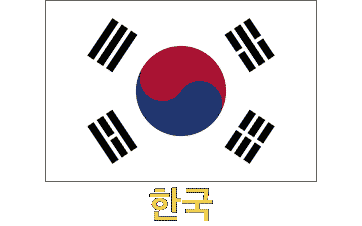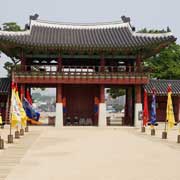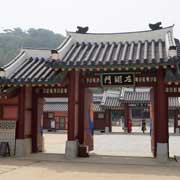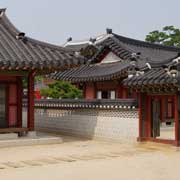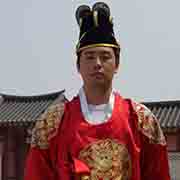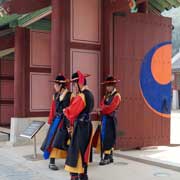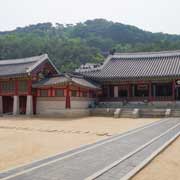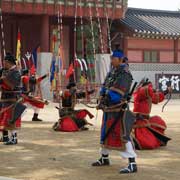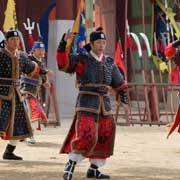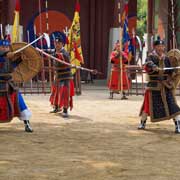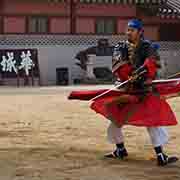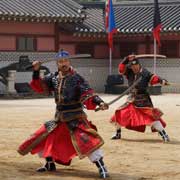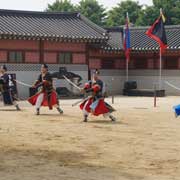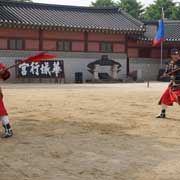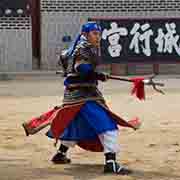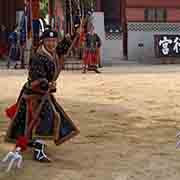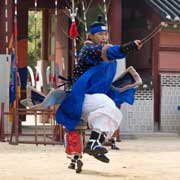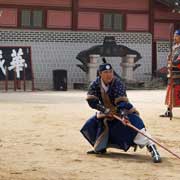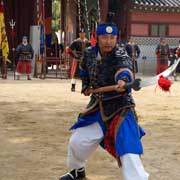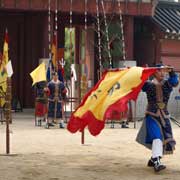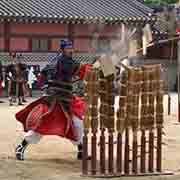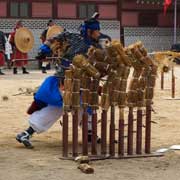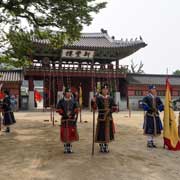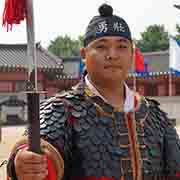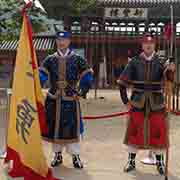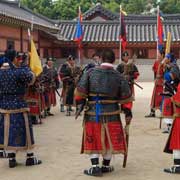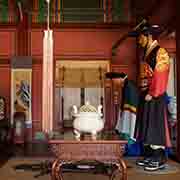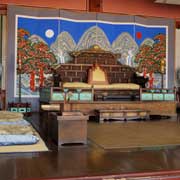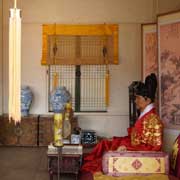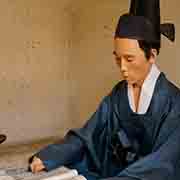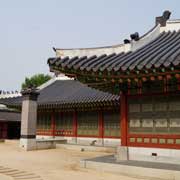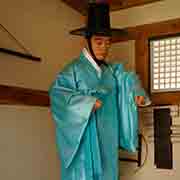Photos of Suwon Hwaseong Palace, Gyeonggi Province, Korea
Suwon Hwaseong Palace, Gyeonggi Province
Suwon, the capital and largest city of Gyeonggi-do (Gyeonggi Province), with a population close to 1.2 million, lies about 30 kilometres south of Seoul. During the Joseon Dynasty, from 1794 to 1796, King Jeongjo constructed the Hwaseong Fortress, a fortified wall running around the entire city, to house and honour the remains of his father, Prince Sado. The latter, suffering from mental illness and deemed unfit to be a king, had been executed by being locked alive inside a rice chest by his father, King Yeongjo, after failing to obey the command to commit suicide. King Jeongjo wanted to make Suwon its capital, away from the intrigues that plagued his administration in Seoul.
you may then send it as a postcard if you wish.
He had a “haenggung” built, a temporary palace where the king and royal family could retreat during a war. Hwaseong Haenggung, although small compared to the courts in Seoul, became the largest of those “haenggung”. King Jeongjo and his family used it in times of trouble and when he came to worship at his father’s tomb. The palace was the location of a splendid feast held on the 60th Birthday of his mother and many other events, including award certificates for successful candidates of special national exams.
The palace was destroyed during the Japanese occupation, but it could be meticulously rebuilt and visited today because very detailed records of it existed. It has splendidly reconstructed buildings - the gates leading into various parts of the complex, the main building, Bongsudang. In 1795 King Jeongjo celebrated the 60th Birthday of his mother, Hyegyeonggung Hong. During Japan’s colonial rule, most of Suwon Hwaseong Haenggung was burnt down in the early 20th century. A restoration project began in 1996, marking the 200th anniversary of the construction of Suwon Hwaseong Fortress, and it has been open to the public since 2003. A guard ceremony and traditional martial arts demonstrations in Joseon period costumes are held in front of the Sinpungmun, the main gate.


